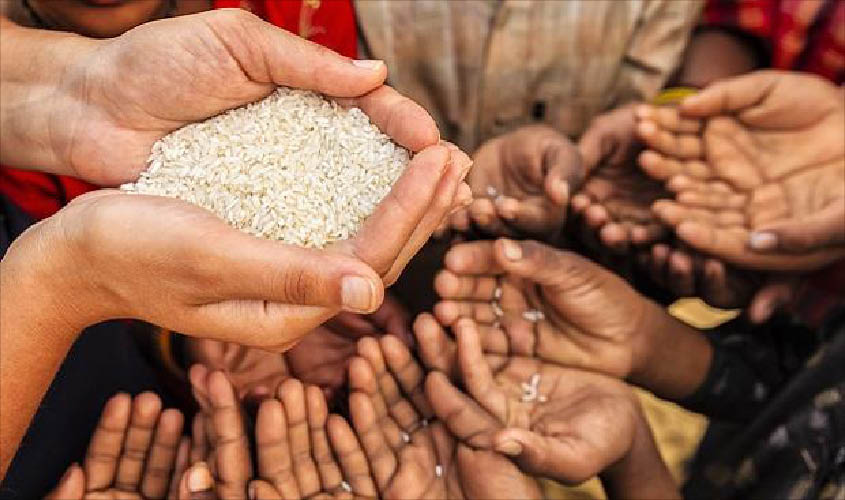NEW DELHI: Lakhs of children with pre-diabetic symptoms in Haryana and Punjab—the two states popularly known as the country’s grain bed—are at a high risk of migrating to type-2 diabetes due to the lack of nutritional food intake, the Centre’s first-of-its-kind National Nutrition Survey (NNS) has revealed.
The NNS was conducted by the Ministry of Health and Family Welfare to access the success of the Central government’s Poshan Abhiyaan, the world’s largest nutrition programme which targets to end the prevalence of malnutrition in children and anaemia in women. According to the findings of the NNS, Haryana and Punjab—the two states with record development parameters—have failed to eradicate malnutrition in children. The survey results show that 13.2% of children under the age group 5-9 in Punjab and 14% of children in the age group 10-19 with pre-diabetic symptoms are at a high risk of migrating to type-2 diabetes.
As per the NNS report, the situation in Haryana is alarming as about 23.8% of children between the ages 5-9 and 24.8% children in the age group 10-19 years have been diagnosed with pre-diabetic symptoms. The survey report has said: “The children who have been found to have pre-diabetic symptoms have chances of migrating to level two diabetes.”
Amrita Kaura, an endocrinology expert, said: “Pre-diabetes is a ‘pre-diagnosis’ of diabetes—one can think of it as a warning sign. This condition arises when your blood glucose level (blood sugar level) is higher than normal, but it’s not high enough to be considered diabetes.” “Without changing lifestyle, people with pre-diabetic symptoms are very likely to migrate to type-2 diabetes. If you have pre-diabetes, the long-term damage— especially to your heart, blood vessels and kidneys—may already be starting,” Kaura told The Sunday Guardian. “In the case of children being diagnosed with pre-diabetic symptoms, it is simply because of their low nutritional food intake. Pre-diabetic children have stunted growth, lowering of weight and swollen belly. Such children can only be treated by way of providing them nutritional food on a daily basis,” Kaura added.
The NNS survey further revealed that 24.3% of children up to five years of age in Punjab are short in height, while in Haryana, 40% of children of the same age group are found to be shorter than the ideal height bar set by the World Health Organisation (WHO). Also, in Punjab, about 20% of children under the age of five were found to be underweight, while in Haryana this figure appeared to be 28.8%.
The NNS report also found that about 40% of children between the ages of one and four and 26% of children in the age group 10-19 are anaemic in Punjab, while in Haryana, nearly 59% children in the age group 1-4 and 30% children in the age group 10–19 year are anaemic. “The prevalence of anaemia in children will hamper their overall development. Such condition will not only impact on their health, but it will also have an impact on their mental growth,” Kaura said.
Poshan Abhiyaan is the world’s largest nutrition programme which is expected to benefit 10 crore people across the country. The scheme was launched in 2018 by Prime Minister Narendra Modi with a primary aim to reduce stunting, underweight, and low birth weight, each by 2% per year, and anaemia among young children, adolescents and women each by 3% per year by 2022. A special target to reduce stunted growth is set at 25% by 2022.
As per the UNICEF, nearly half of deaths of children under five in India are attributable to under-nutrition, translating into a loss of about 3 million young lives a year. Under-nutrition puts children at a greater risk of dying from common infections, increases the frequency and severity of such infections, and delays recovery However, to tackle the alarming situation of under-nutrition and malnutrition in the country, the Central government has been running various schemes which include, Pradhan Mantri Matru Vandana Yojana (PMMVY), the Poshan Abhiyaan, the National Food Security Act (NFSA), 2013 and Mid-day Meal (MDM) scheme, but the results are yet to improve.

